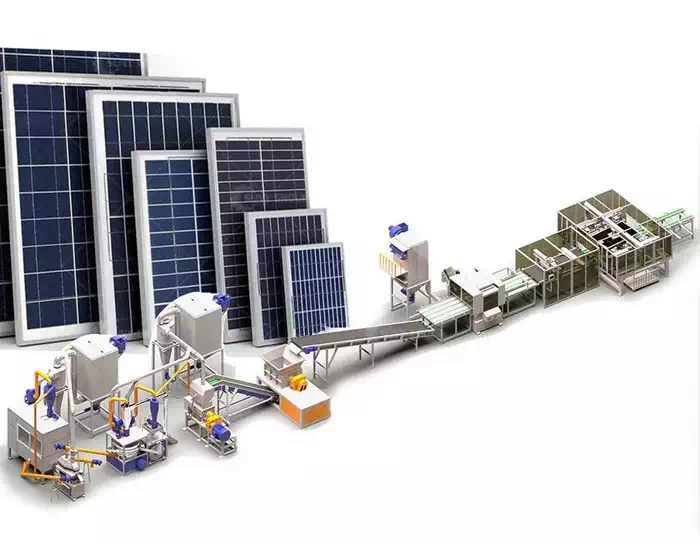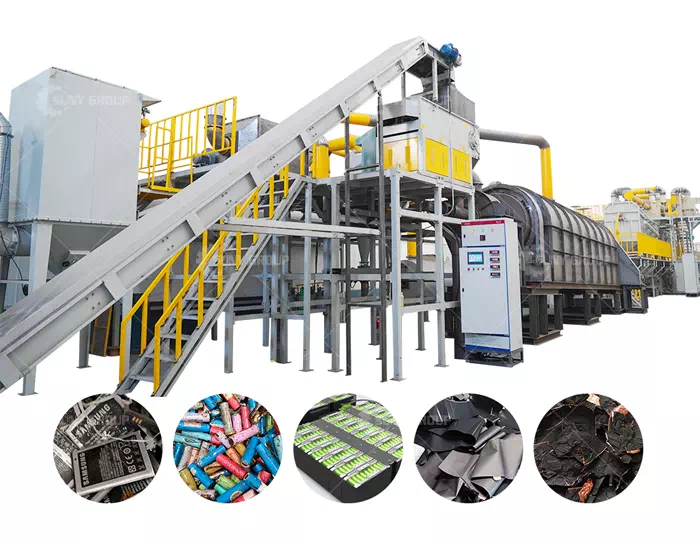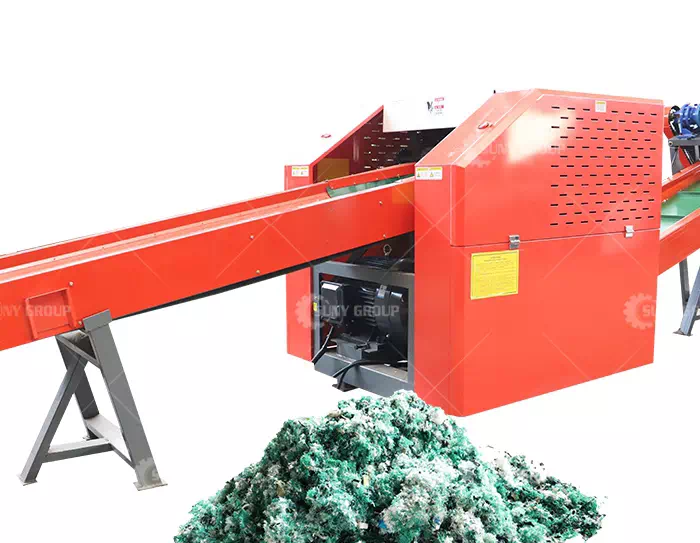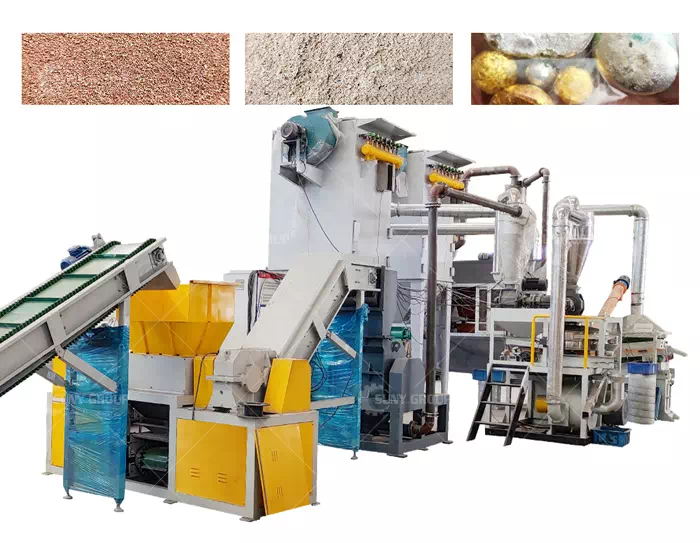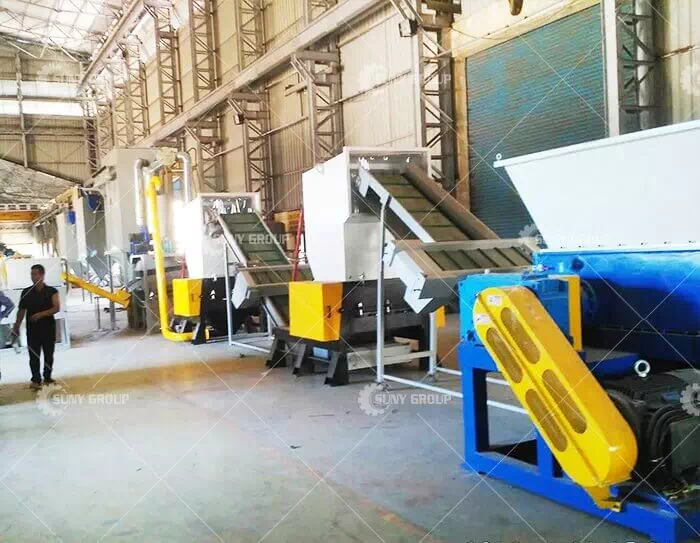Raw material of wet wipes: spunlace non-woven fabric
Today, let’s talk about the base material of wet wipes (also the most influential part of wet wipes), that is, the non-woven fabric inside the wet wipes. Today’s content is a little more professional, but I will try to convert it into something we can understand language. Feel free to ask questions if you don't understand.
For non-woven fabrics, spunlace non-woven fabrics are the most used in wet wipes (needle-punched non-woven fabrics also belong to it, but because wet wipes are not used, so I won’t talk about it). Definition of spunlace non-woven fabric: spray high-pressure fine water onto one or more layers of fiber webs to entangle the fibers with each other, so that the fiber webs can be reinforced and have a certain strength. Such a fabric is spunlace non-woven fabric ( It's not very important, don't worry about it, just take a look).
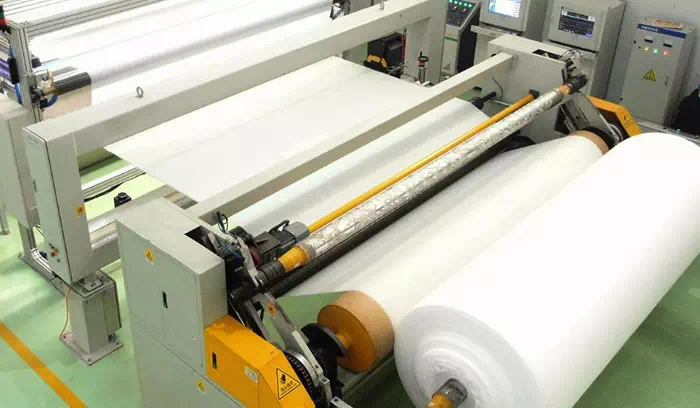
Spunlace nonwoven
A. Well, here comes the important point, there is a word "fiber" in the definition: yes, fiber is what makes up non-woven fabrics. Fiber is simply and crudely divided into plant fiber (extracted from plants) and chemical fiber (extracted from petroleum). Plant fibers are commonly seen in daily life: cotton fiber, viscose fiber, wood pulp fiber, etc. Chemical fiber is actually polyester (polyester fiber PET, just a kind of plastic). In terms of price, the price ranges from high to low: cotton>viscose≥wood pulp>polyester. Therefore, the higher the plant fiber content, the lower the irritation, the more delicate the touch, and the higher the price.
More than 80% of the wet wipes we encounter in our daily life are made of viscose fiber and polyester, but there are also all plant fibers, which are relatively rare because the price is relatively high. For example, wet wipes in the cotton era are all cotton Fiber, and some other all-plant fiber wet wipes marked on the outer packaging. However, it should be noted that some small brands use plant fibers on the outer packaging, but the actual use is polyester viscose ratio. In this case, I will teach you a way to identify it: burn the non-woven fabric with fire (pay attention to safety), if it is all fine powder, it is basically all plant fiber; if it is black and hard after burning Particles are non-melting plastics; of course, there are other methods such as observing flames, smelling smells, microscopes, etc. These are too abstract, so I won’t mention them here.
B. Texture and weight: The texture and weight are more obvious. There are more plain and pearl patterns on the market; there are also some mesh patterns, EF patterns and so on. The gram weight refers to the weight of the square meter, that is, the thickness of the non-woven fabric you get in your hand (there are many thick and thick wet wipes on the market, which are not necessarily good, and it is possible to just increase the gram weight , but the plant fiber content is reduced...).
C. Laying method: In the process of using wet wipes, sometimes you will find a piece of wet wipes, which can be pulled very large and long; some are more resilient. This is actually related to the fiber laying method in the spunlace nonwoven process. The kind of professional vocabulary that can be pulled for a long time is called straight-laid non-woven fabric, that is, during the process of fiber carding, it is basically carded in one direction, and the fibers are parallel to each other, so the final non-woven fabric The fabric can’t be pulled in one direction, but can be pulled in the other direction for a long time. The toughness is not so good, but some consumers feel that this kind of fabric is softer; the professional vocabulary that can’t be pulled very long in both directions It is called cross non-woven fabric. In the process of fiber carding, it is first carded in one direction, and then carded in a 90-degree direction. The fibers are cross-laid between fibers, so the final formed non-woven fabric is displayed on both sides. It is very long and has good toughness.
The above is the introduction of spunlace non-woven fabric raw materials for wet wipes. SUNY GROUP has great advantages in wet wipe machines and raw materials, and can customize production according to customer needs. If you need it, please feel free to contact us for consultation .
Recommend products
CONTACT US:
If you have any requirement or suggestion, please fill in the form and send to us, thanks!E-mail:sunymachine@gmail.com | Whatsapp:+8613674945231


